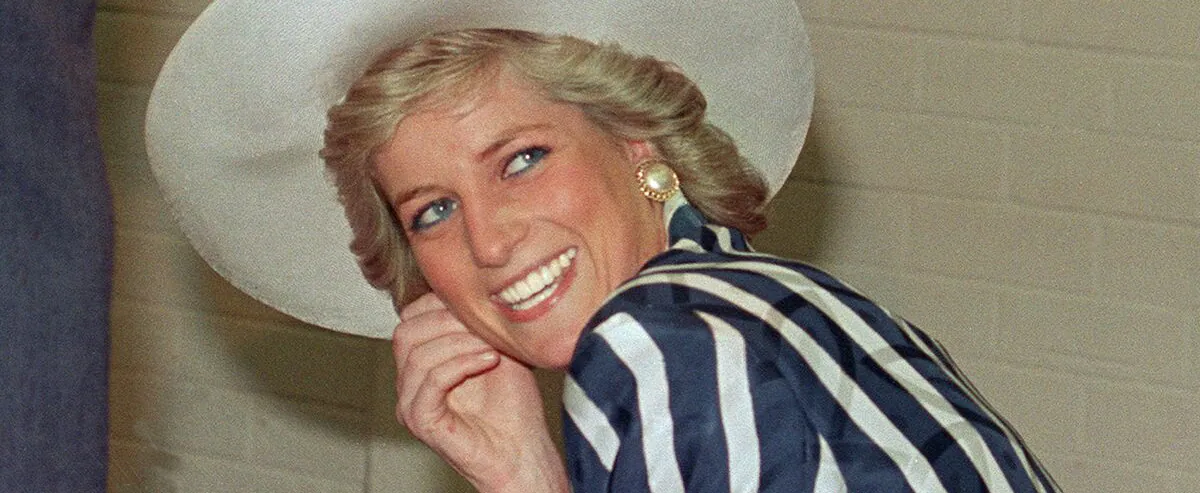On August 31, 1997, Princess Diana died in a car accident in Paris. For a week, until his grandiose funeral, the United Kingdom is immersed in unprecedented mourning, which shakes the monarchy.
• Read also: Prince William and his family leave London for Windsor
Divorced for a year from Prince Charles, the 36-year-old and her new relationship, Egyptian film producer Dodi Al-Fayed, have been hounded all summer by paparazzi around the Mediterranean.
Arrived in the afternoon of August 30 in Paris, the couple went to dinner at the Ritz, a palace on the Place Vendôme, which they tried to leave discreetly shortly after midnight aboard a Mercedes.
Pursued by photographers on motorcycles, the powerful sedan rushes at high speed into the Alma tunnel and hits a pillar.
Diana is extracted by the emergency services from the crushed Mercedes. Dodi Al-Fayed and their driver, whose investigation will show a high blood alcohol level, died on the spot. Their bodyguard is seriously injured.
Seven photographers are arrested. The next day, photos of the accident will be offered to magazines for a million dollars.
The princess, who presents a “very serious haemorrhagic shock of thoracic origin”, is transported to the Pitié-Salpêtrière. At 4 a.m., the doctors pronounced him dead.
The French ambassador telephones the Queen’s aides in Balmoral, Scotland, where Elizabeth II, her husband the Duke of Edinburgh, Charles, as well as Princes William, 15, and Harry, 12, are staying during the summer.
“People’s Princess”
The United Kingdom wakes up in mourning. Under a gray sky, hundreds of Londoners, in tears, begin to lay flowers in front of the palaces of Buckingham and Kensington, residence of the princess.
With sobs in his voice, Labor Prime Minister Tony Blair pays tribute to “the people’s princess”.
Around the world there is consternation. US President Bill Clinton says he is “deeply saddened”. In India, Mother Teresa prays for the deceased before she dies a few days later. Michael Jackson, “collapsed”, cancels the concert he was to give in Belgium.
The paparazzi are the first to be indicted. Diana’s brother, Charles Spencer, accuses the newspapers of having “blood on their hands”.
Embarrassed, the popular British press elevates Diana to the rank of icon. “She was born lady. She has become our princess. Her death made her a saint,” writes the Daily Mirror.
Popular fervor is growing. At the palace of Saint-James, where his remains rest, it is necessary to wait until eleven o’clock to access the registers of condolences.
“The vision of the bouquets of flowers is striking: a real sea that approaches a hundred meters in length,” writes AFP.
“The Queen forced to speak”
Funeral planning is a headache. Since her divorce, Lady Di no longer has the right to the title of royal highness and to a national funeral. But the British are demanding a tribute worthy of their “queen of hearts”.
Especially as anger rises in the face of the silence of the royal family, entrenched in Balmoral.
The newspapers, furious at the absence of a flag at half mast on Buckingham Palace, called on the Queen to address her subjects. “The royal family has let us down,” stings The Sun.
“Wounded”, Elizabeth II resolves on September 5 to pay tribute to this ex-daughter-in-law whom she did not like in a televised address – the 2nd in 45 years of reign –, before publicly bow before his casket.
“If the Windsors don’t learn their lesson, they will not only bury Diana, but also their future,” warns the Guardian, as nearly a quarter of Britons now vote for the abolition of the monarchy.
The next day, nearly a million people attend the funeral procession in a heavy silence, punctuated by tears and the sound of the death knell.
Heads down, the two orphan princes follow the coffin, accompanied by Prince Charles, the Duke of Edinburgh and Earl Spencer, under the gaze of 2.5 billion viewers.
In Westminster, 2,000 guests, including Hillary Clinton, Tony Blair, Luciano Pavarotti, Margaret Thatcher and Tom Cruise, attend the ceremony. Elton John performs his hit “Candle in the wind”, the lyrics of which he rewrote in tribute to Diana.
In the afternoon, the princess was buried privately in Althorp, north-west London. She rests there on a small island in the family park.
